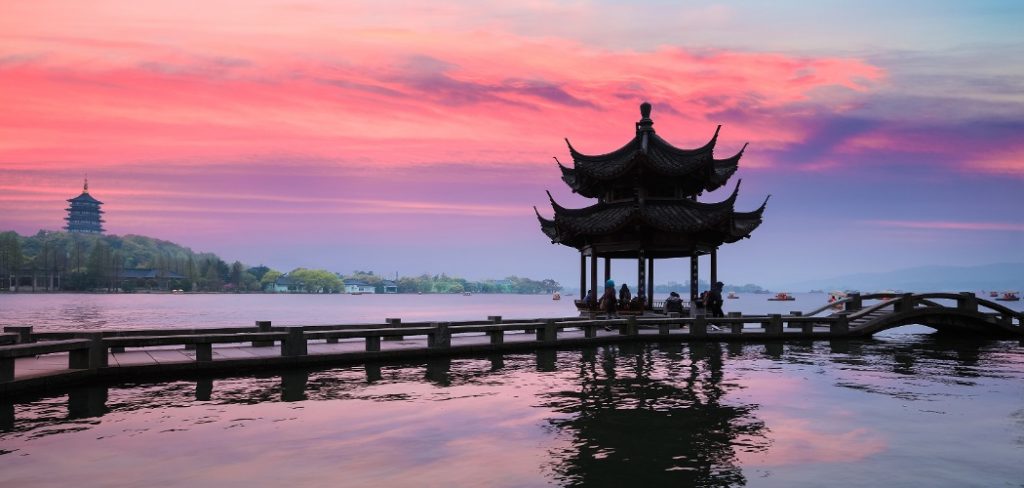Our destinations in China
Which destination to choose for a first trip to China?
Find below our guide to destinations in China, in which we organize tailor-made tours.
We give you information on the different tours and activities to be included for your next trip to China.
Do you want to travel to China?
Go to China with the help of our China Roads advisors.
Contact them now, they will build with you a custom-made circuit.




















